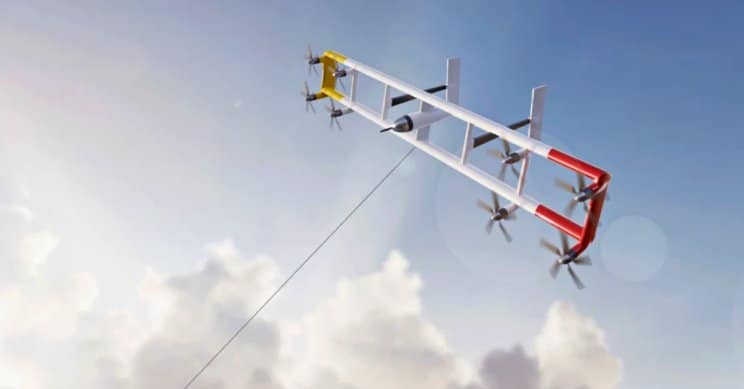Florian BauerCEO Kitecraft, a Munich-based company developing a high-altitude wind energy system, addressing climate change is a personal matter.
It all started in my school years: Al Gore's documentary 'An inconvenience Truth' motivated and inspired me to pursue renewable energy as an engineer, I wanted to help solve the problem.
Today Bauer, together with André Frirdich, Christoph Drexler e Max Isensee, are changing the direction of renewable wind energy with Kitekraft. The company builds flying wind farms that operate with the help of a “kite,” an electric plane connected by a cable. The high-altitude kite equipped with wind turbines flies in a figure eight to generate electricity from the wind.
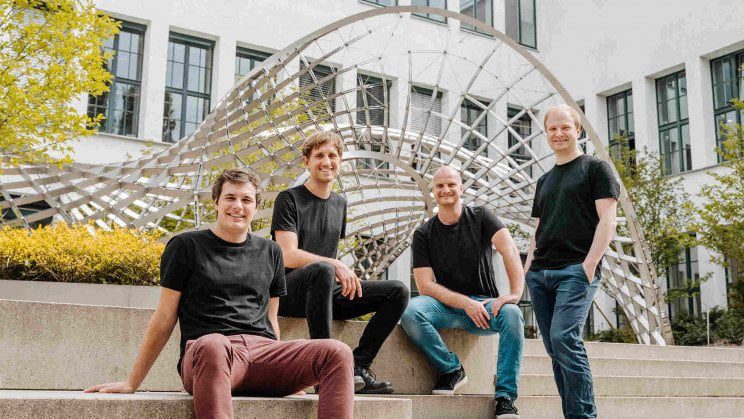
High altitude wind power, a rapidly expanding technology
Although aerial wind turbine technology is still in its early stages, several companies around the world are committed to studying and developing aerial wind energy.
And they do well. The International Energy Association (IEA) argues that to meet the Paris Agreement's 2050 emissions targets, nearly two-thirds of global energy production must be renewable by 2030. Wind energy will play its part by growing 11-fold by 2050.
According to the International Renewable Energy Agency (IRENA), the global installed capacity of onshore and offshore wind farms it has increased nearly 100 times over the past 20 years, rising from 7,5 GW in 1997 to 743 GW in 2020, with 93 GW of new capacity installed in 2020 alone: an increase of 53% on an annual basis.
The cost of wind energy has fallen by about 40% in the last decade, and it is expected to continue to decline as demand for cleaner energy sources grows.
Reducing costs could make renewable energy even more accessible – and that's where the high-flying kite comes in.
It works?
The first question to ask is: what exactly is a system powered by a high-altitude kite, and how does it generate energy?
Such a system usually includes a kite with wind turbines, a cable and a ground station. The kite's turbines spin as it flies through the air, capturing wind energy, while the cable connecting it to the ground station transmits electricity to the ground.
Unlike fixed wind towers that require concrete and steel installations, high-altitude flying wind farms have a lightweight connection and a tiny ground station, which requires 90% less material.
Lighter in name and in fact. He also says so a study by Airborne Wind Europe: a 50 megawatt kite wind farm it would use 913 tons of material in 20 years, compared to 2.868 tons of a typical park of wind towers.
Kitekraft's kites are mainly made of aluminum, which is easily recyclable. Common wind farms, on the other hand, use materials such as steel and plastic reinforced with carbon or glass fiber, which are more difficult to recycle.
In summary: easier to produce and with less carbon footprint.
Rethinking kites
Kitekraft's kites are equipped with eight motors that power the device during takeoff and landing. They are then used as generators during the flight. A control unit stabilizes the kite and generates power efficiently.
“The kite is essentially a multicopter tied to a string,” explains Bauer. Last year the company carried out a successful autonomous flight test, which he described as “an important milestone towards our first 100 kW product”.
The high-altitude kite is still in its prototype phase, but it could one day offer alternative energy to people living off-grid, or support with wind energy places where erecting wind towers is impossible. Given the advantages, in many cases such a system can replace traditional ones.
As long as things work. It takes a tenth of the material, the ecological footprint is enormously smaller, it can be recycled better, but that doesn't mean it's easy to build. Engineering and technology are needed: for a traditional system it is "enough" to build a tower.
This is why I see commercial obstacles to this type of development.
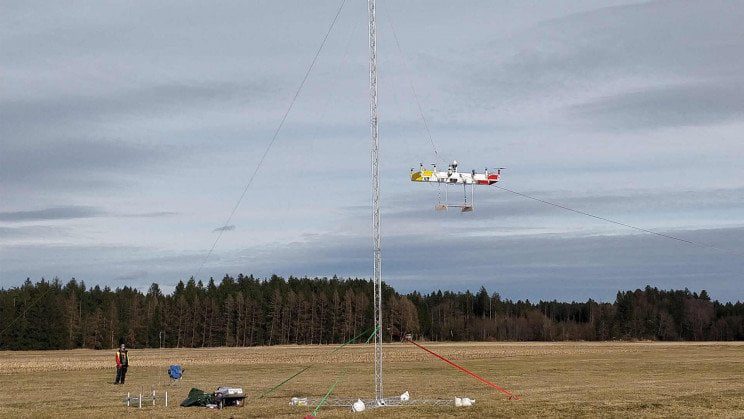
Will high-altitude wind power take off or stay on the ground?
“We are in contact with many potential customers,” says Bauer. “We are pleased that they have understood the economic and ecological potential of this system. It could also convince communities that currently oppose the installation of traditional wind power,” he adds.
There are still improvements to be made. First of all in the very definition of "high altitude wind". How tall? Within 300 meters of altitude the prototypes have shown good functioning, and the systems can be used even at very low altitudes to avoid damage from hurricanes. Above this threshold, however, the winds are very strong: building larger kites with more power presents risks that must be evaluated very carefully.
What is the realistic goal for market entry for this technology, then?
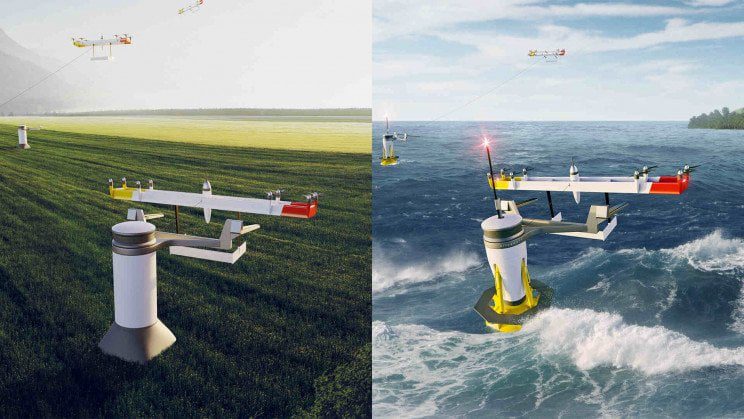
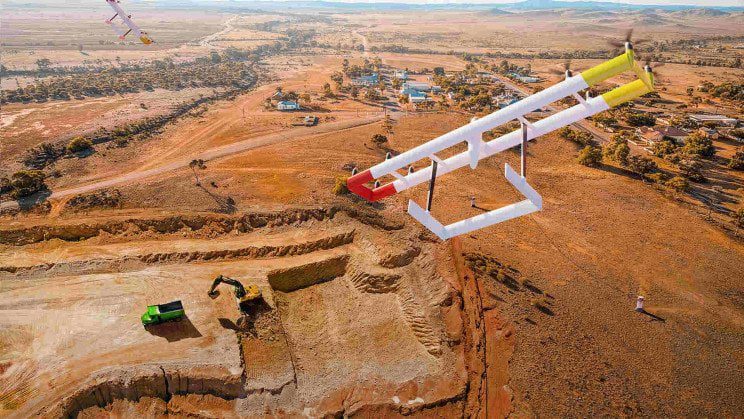
“By 2024, we will launch a 100-kilowatt kite with a 10-meter (33-foot) wingspan. If all goes well, we will scale this size: The next high-altitude kite will have 500 kilowatts of power and a wingspan of 20 meters. Doubling the wing wouldn't simply double the power, it would quintuple it.
Also interesting is the possibility of using this type of technology even in the open sea. A floating station, in the form of a buoy, would be sufficient. Kitekraft could also have its say in desert regions, to achieve effective microgrids.
We'll see if this "flying" wind energy manages to take off.
